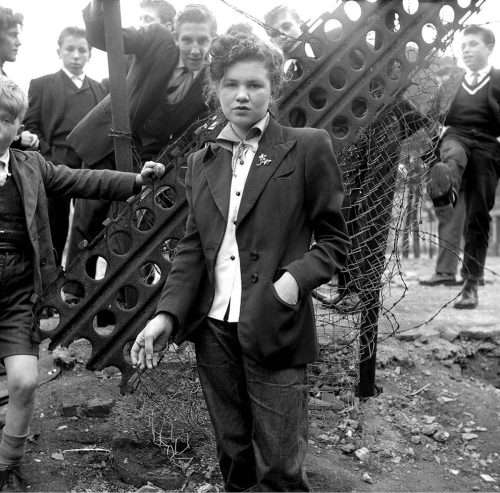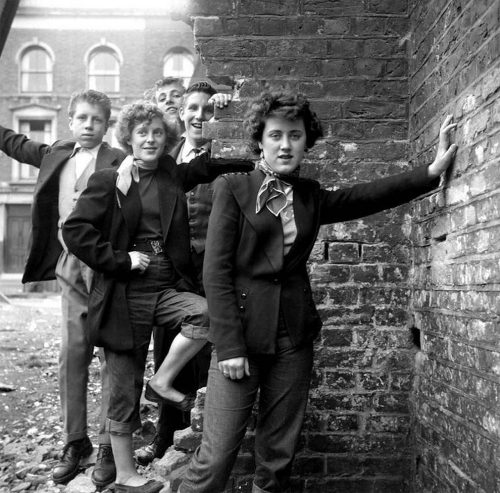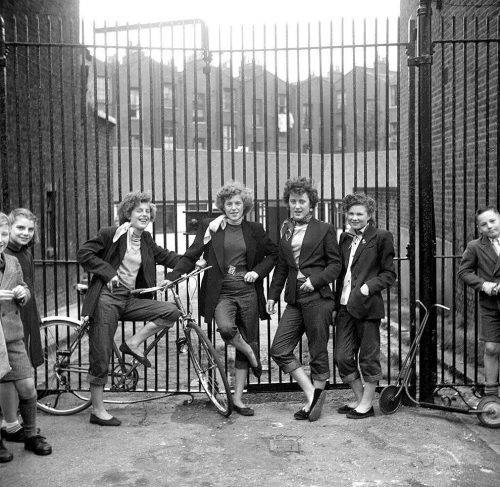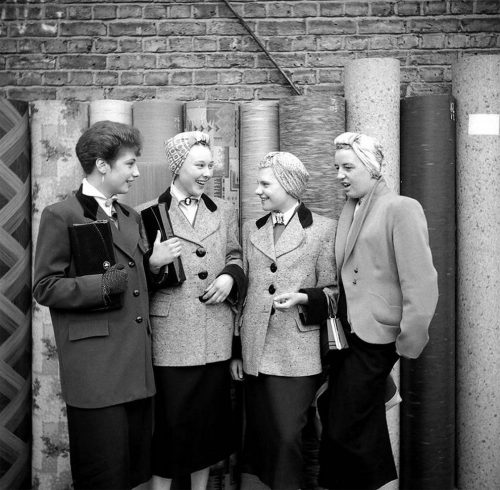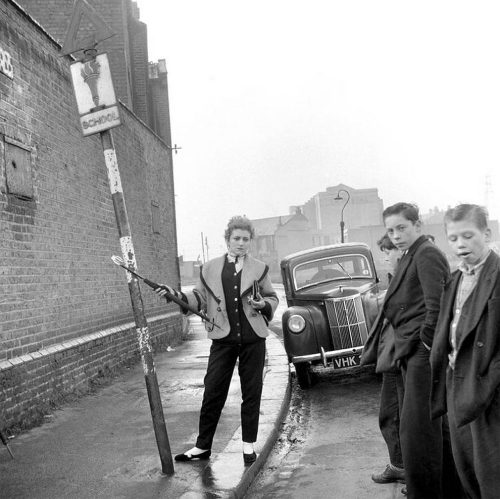Fibonacci Sequence In The Hiding…

Fibonacci sequence in the hiding…
More Posts from Philosophical-amoeba and Others
Aphasia: The disorder that makes you lose your words

It’s hard to imagine being unable to turn thoughts into words. But, if the delicate web of language networks in your brain became disrupted by stroke, illness or trauma, you could find yourself truly at a loss for words. This disorder, called “aphasia,” can impair all aspects of communication. Approximately 1 million people in the U.S. alone suffer from aphasia, with an estimated 80,000 new cases per year. About one-third of stroke survivors suffer from aphasia, making it more prevalent than Parkinson’s disease or multiple sclerosis, yet less widely known.

There are several types of aphasia, grouped into two categories: fluent (or “receptive”) aphasia and non-fluent (or “expressive”) aphasia.

People with fluent aphasia may have normal vocal inflection, but use words that lack meaning. They have difficulty comprehending the speech of others and are frequently unable to recognize their own speech errors.

People with non-fluent aphasia, on the other hand, may have good comprehension, but will experience long hesitations between words and make grammatical errors. We all have that “tip-of-the-tongue” feeling from time to time when we can’t think of a word. But having aphasia can make it hard to name simple everyday objects. Even reading and writing can be difficult and frustrating.

It’s important to remember that aphasia does not signify a loss in intelligence. People who have aphasia know what they want to say, but can’t always get their words to come out correctly. They may unintentionally use substitutions, called “paraphasias” – switching related words, like saying dog for cat, or words that sound similar, such as house for horse. Sometimes their words may even be unrecognizable.

So, how does this language-loss happen? The human brain has two hemispheres. In most people, the left hemisphere governs language. We know this because in 1861, the physician Paul Broca studied a patient who lost the ability to use all but a single word: “tan.” During a postmortem study of that patient’s brain, Broca discovered a large lesion in the left hemisphere, now known as “Broca’s area.” Scientists today believe that Broca’s area is responsible in part for naming objects and coordinating the muscles involved in speech. Behind Broca’s area is Wernicke’s area, near the auditory cortex. That’s where the brain attaches meaning to speech sounds. Damage to Wernicke’s area impairs the brain’s ability to comprehend language. Aphasia is caused by injury to one or both of these specialized language areas.
Fortunately, there are other areas of the brain which support these language centers and can assist with communication. Even brain areas that control movement are connected to language. Our other hemisphere contributes to language too, enhancing the rhythm and intonation of our speech. These non-language areas sometimes assist people with aphasia when communication is difficult.

However, when aphasia is acquired from a stroke or brain trauma, language improvement may be achieved through speech therapy. Our brain’s ability to repair itself, known as “brain plasticity,” permits areas surrounding a brain lesion to take over some functions during the recovery process. Scientists have been conducting experiments using new forms of technology, which they believe may encourage brain plasticity in people with aphasia.
Meanwhile, many people with aphasia remain isolated, afraid that others won’t understand them or give them extra time to speak. By offering them the time and flexibility to communicate in whatever way they can, you can help open the door to language again, moving beyond the limitations of aphasia.

Rishi coffin for a commoner
Second Intermediate Period, Dynasty 17, 1580–1550 B.C. (find spot unknown)
In Dynasty 17 a new type of coffin appeared in Thebes: anthropoid, but no longer conceived solely as an inner coffin, and resting on its back because of a change in funerary customs whereby the deceased was no longer laid on one side. The anthropoid coffin was to become the burial container of choice among royals and commoners alike. The earliest examples are decorated in paint with a feather pattern, and so they are known by the Arabic word for “feathered,” rishi. Carved from local sycamore because the Thebans no longer had access to imported cedar, all rishi coffins, royal or private, show the deceased wearing the royal nemes headdress. This example was clearly a stock item made for a commoner, for a blank space was left for the owner’s name to be inserted at the end of the vertical inscription on the lid (a conventional offering formula for the dead).
Great vulture’s wings envelop the legs and lower abdomen. Even the top of the headdress is decorated with a feather pattern so that the deceased appears as a human-headed bird according to the concept of the ba, or mobile spirit. The ba could travel to any place and transform itself into anything it desired. The face on the coffin is painted black, not to represent the unknown owner’s race but to reinforce his identification with Osiris. The flesh of the god of death and resurrection was often shown as black or green to signify the black silt that fertilized the land with each year’s Nile flood, and the new life in the form of green vegetation that it brought forth. Painted on the chest is a pectoral, or chest ornament, in the form of a vulture and cobra, symbols of Nekhbet and Wadjyt, the tutelary goddesses of Upper and Lower Egypt.
Source: Museum of Fine Arts Boston

Starting in the mid-seventh century, the Japanese government placed a ban on eating meat which lasted on and off for over 1,200 years. Probably influenced by the Buddhist precept that forbids the taking of life, Emperor Tenmu issued an edict in 675 CE that banned the eating of beef, monkeys, and domestic animals under penalty of death. (Side note: monkey must have been very popular to be named specifically in the law!) Emperor Tenmu’s original law was only meant to be observed between April and September. But later laws and religious practices essentially made eating most meat, especially beef, illegal or taboo.
It was not until 1872 that Japanese authorities officially lifted the ban. Even the emperor had become a meat eater, to show it was totally okay and not angering Buddha. While not everybody was immediately enthused, particularly monks, the centuries-old taboo on eating meat soon faded away.






Christ the Redeemer (Portuguese: Cristo Redentor) is an Art Deco statue of Jesus Christ in Rio de Janeiro, Brazil, created by French sculptor Paul Landowski and built by the Brazilian engineer Heitor da Silva Costa, in collaboration with the French engineer Albert Caquot. It is 30 metres (98 ft) tall, not including its 8-metre (26 ft) pedestal, and its arms stretch 28 metres (92 ft) wide.
The statue weighs 635 metric tons (625 long, 700 short tons), and is located at the peak of the 700-metre (2,300 ft) Corcovadomountain in the Tijuca Forest National Park overlooking the city of Rio. As a symbol of Brazilian Christianity, the statue has become an icon for Rio de Janeiro and Brazil. It is made of reinforced concrete and soapstone, and was constructed between 1922 and 1931.
The statue of Christ the Redeemer with open arms, a symbol of peace, was chosen. Local engineer Heitor da Silva Costa designed the statue; it was sculpted by Polish-French sculptor Paul Landowski. Gheorghe Leonida contributed by portraying Jesus Christ’s face on the statue, which made him famous.
A group of engineers and technicians studied Landowski’s submissions and the decision was made to build the structure out of reinforced concrete (designed by Albert Caquot) instead of steel, more suitable for the cross-shaped statue. The outer layers are soapstone, chosen for its enduring qualities and ease of use. Construction took nine years, from 1922 to 1931 and cost the equivalent of US$250,000 ($3,300,000 in 2015). The monument was opened on October 12, 1931.During the opening ceremony, the statue was lit by a battery of floodlights turned on remotely by shortwave radio pioneer Guglielmo Marconi, stationed 5,700 miles (9,200 km) away in Rome.(x)

We are not certain of the age of this display card. The half-pound packet of butter does not show the familiar 2 ounce division lines that were typical of the one pound packet around the 1950s. The card could be from as early as 1934 when one business advisor is quoted in the papers as suggesting that the Dairy Board should establish three large patting plants, say, in London, Manchester and Glasgow, where bulk New Zealand butter would be examined and then repacked in ¼ pound, ½ pound and 1 pound pats under the ‘Fernleaf’ brand, starting with 20,000 boxes a week, and gradually increasing this amount over several years.
Fernleaf New Zealand butter; a pure natural food. [Display card. 1950s?]
Eph-F-DAIRY-1950s-01
A Cry for Help.
I seek the Word of @cranquis and the Word of @wayfaringmd on proper tick removal technique. Where I live we’re being warned that populations will be high this summer and that 50% of the ticks are testing positive for Lyme disease. Between the cat, the dog, and three kids I know I’m going to have to deal with them soon.
I’m hearing so many conflicting things, even from MDs. Burn them with a match? Pour olive oil on them? I thought we weren’t supposed to do that stuff? Should I buy that fancy tick remover thing? Or does each one require a trip to the office? Help me Crayfaring, you’re my only hope! 😩

First genetic proof that women were Viking warriors

New DNA evidence uncovered by researchers at Uppsala University and Stockholm University shows that there were in fact female Viking warriors. The remains of an iconic Swedish Viking Age grave now reveal that war was not an activity exclusive to males – women could be found in the higher ranks at the battlefield.
The study was conducted on one of the most well-known graves from the Viking Age, a mid-10th century grave in Swedish Viking town Birka. The burial was excavated in the 1880s, revealing remains of a warrior surrounded by weapons, including a sword, armour-piercing arrows, and two horses. There was also a full set of gaming pieces and a gaming board.
The morphology of some skeletal traits have long suggested that she was a woman, but since this grave has been the type specimen for a Viking warrior for over a century, it has always been assumed to have belonged to a male Viking. Now, geneticists, archaeogeneticists and archaeologists have worked together and solved the mystery. DNA retrieved from the skeleton demonstrates that the individual carried two X chromosomes and no Y chromosome. Read more.
-
 fullenumeration liked this · 1 year ago
fullenumeration liked this · 1 year ago -
 nullundnullzig liked this · 2 years ago
nullundnullzig liked this · 2 years ago -
 melsecacc liked this · 3 years ago
melsecacc liked this · 3 years ago -
 oncethusiast liked this · 4 years ago
oncethusiast liked this · 4 years ago -
 monmonshi liked this · 4 years ago
monmonshi liked this · 4 years ago -
 dreaamingofyou reblogged this · 5 years ago
dreaamingofyou reblogged this · 5 years ago -
 ayyllah reblogged this · 5 years ago
ayyllah reblogged this · 5 years ago -
 mojana liked this · 5 years ago
mojana liked this · 5 years ago -
 willowhere liked this · 5 years ago
willowhere liked this · 5 years ago -
 aliviartes liked this · 5 years ago
aliviartes liked this · 5 years ago -
 greatpastamugspy-blog liked this · 5 years ago
greatpastamugspy-blog liked this · 5 years ago -
 javierbarreraayala liked this · 5 years ago
javierbarreraayala liked this · 5 years ago -
 diaryofastemstudent liked this · 5 years ago
diaryofastemstudent liked this · 5 years ago -
 virmillion liked this · 5 years ago
virmillion liked this · 5 years ago -
 orquestado liked this · 5 years ago
orquestado liked this · 5 years ago -
 totalitariandemocracy liked this · 6 years ago
totalitariandemocracy liked this · 6 years ago -
 grueparadox reblogged this · 6 years ago
grueparadox reblogged this · 6 years ago -
 sh1nsha reblogged this · 6 years ago
sh1nsha reblogged this · 6 years ago -
 sarcasticbutreallynice reblogged this · 6 years ago
sarcasticbutreallynice reblogged this · 6 years ago -
 sarcasticbutreallynice liked this · 6 years ago
sarcasticbutreallynice liked this · 6 years ago -
 indianajo liked this · 6 years ago
indianajo liked this · 6 years ago -
 noodletortoise liked this · 6 years ago
noodletortoise liked this · 6 years ago -
 smth-wicked liked this · 6 years ago
smth-wicked liked this · 6 years ago -
 hello-outsidein-me reblogged this · 6 years ago
hello-outsidein-me reblogged this · 6 years ago -
 hello-outsidein-me liked this · 6 years ago
hello-outsidein-me liked this · 6 years ago -
 puppetfuneral-blog liked this · 6 years ago
puppetfuneral-blog liked this · 6 years ago -
 megxolotl liked this · 6 years ago
megxolotl liked this · 6 years ago -
 reprehensibleghost liked this · 6 years ago
reprehensibleghost liked this · 6 years ago -
 mathymia liked this · 6 years ago
mathymia liked this · 6 years ago -
 colonelsnollygoster liked this · 6 years ago
colonelsnollygoster liked this · 6 years ago -
 kindwarrior reblogged this · 6 years ago
kindwarrior reblogged this · 6 years ago -
 lsprime liked this · 6 years ago
lsprime liked this · 6 years ago -
 xstarfirekory reblogged this · 6 years ago
xstarfirekory reblogged this · 6 years ago -
 xstarfirekory liked this · 6 years ago
xstarfirekory liked this · 6 years ago
A reblog of nerdy and quirky stuff that pique my interest.
291 posts
